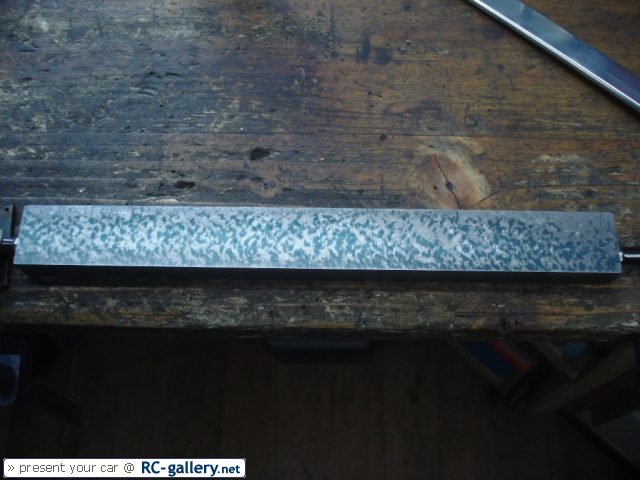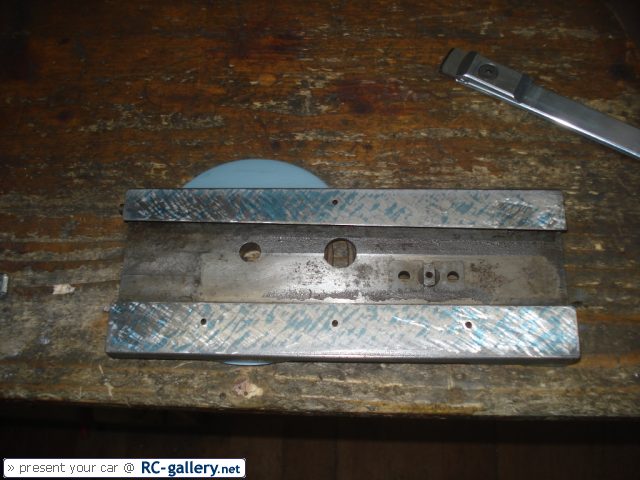I have stock to make a new base. I am seriously considering it.
Reasons:
I don't realy want loose shims under the TS ...I would rather repair
I could add plates to the top of the original base, but the casting is thin there and removing enough to get a .062
plate in would result in a thin part...and then how do I fix the plate? #2 flat head screws?
I could also machine and add plates to the bottom of the base in the flat and V's. Here I could use #8 screws, but I'm worried it would start moving around unless they were substantial, and again the casting is kinda thin.
I could just hog a new base out of a chunk of iron. Cut the tongue to fit the TS bottom, then machine the flat and V in a holding fixture to machine them square to the tongue and to the correct depth. Then finish it by Scraping the base to the bed for bearing.
I'm leaning toward the last option
Thoughts?
Dave
Reasons:
I don't realy want loose shims under the TS ...I would rather repair
I could add plates to the top of the original base, but the casting is thin there and removing enough to get a .062
plate in would result in a thin part...and then how do I fix the plate? #2 flat head screws?
I could also machine and add plates to the bottom of the base in the flat and V's. Here I could use #8 screws, but I'm worried it would start moving around unless they were substantial, and again the casting is kinda thin.
I could just hog a new base out of a chunk of iron. Cut the tongue to fit the TS bottom, then machine the flat and V in a holding fixture to machine them square to the tongue and to the correct depth. Then finish it by Scraping the base to the bed for bearing.
I'm leaning toward the last option
Thoughts?
Dave



























































![DreamPlan Home Design and Landscaping Software Free for Windows [PC Download]](https://m.media-amazon.com/images/I/51kvZH2dVLL._SL500_.jpg)





















